
Email più intelligenti, business più veloce. Tag automatici, analisi e risposte immediate a richieste, preventivi, ordini e altro.
Tendenze
Categories
Japan’s Skymark Airlines Orders Six Boeing 737 MAX Jets
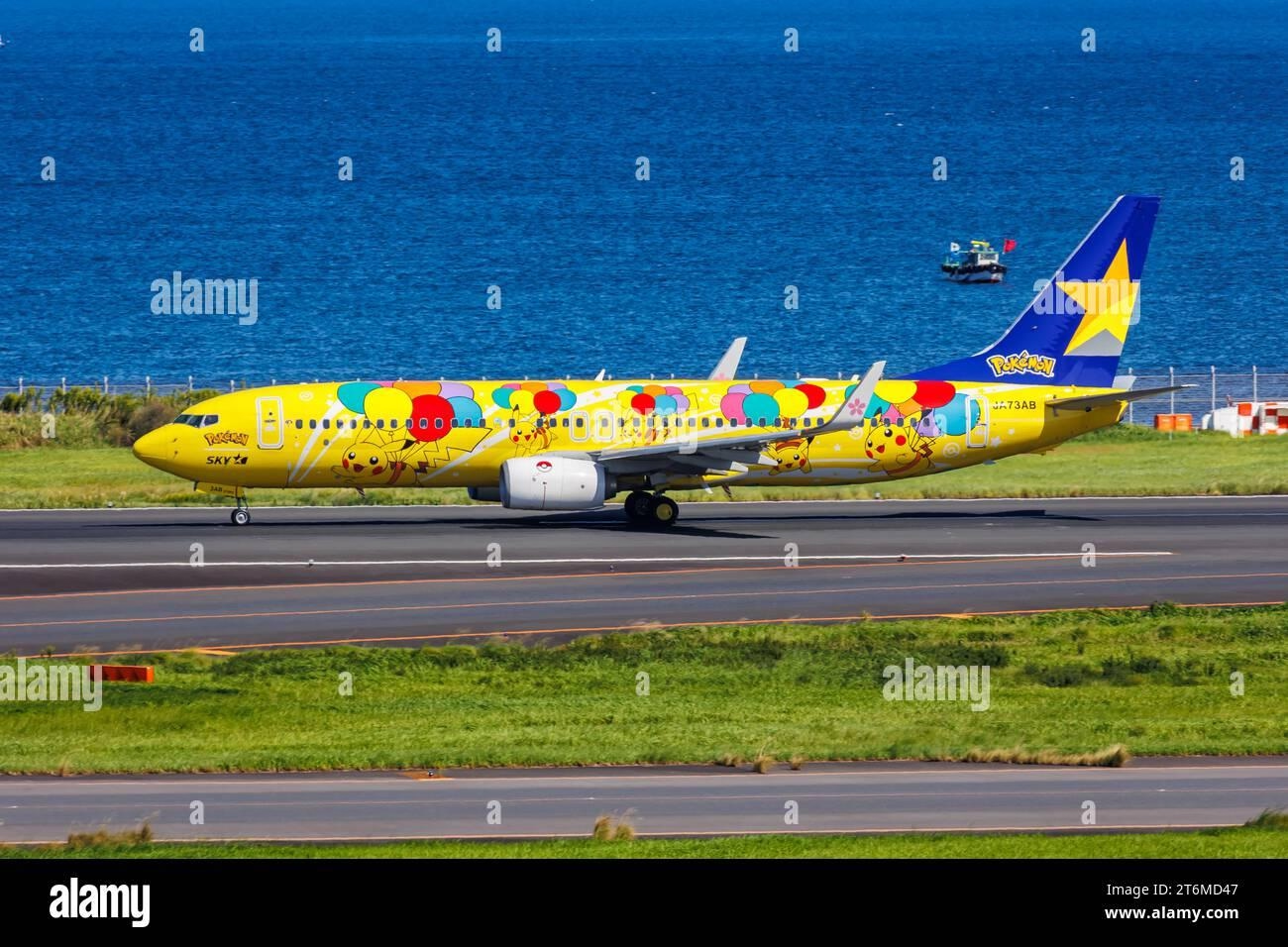
Skymark Airlines Commits to Fleet Modernization with Boeing 737 MAX 8 Order
Japan’s third-largest airline, Skymark Airlines, has approved the acquisition of six Boeing 737 MAX 8 aircraft as part of a strategic initiative to modernize its fleet. The purchase, valued at approximately 143.4 billion yen (around $956 million), was authorized during a board meeting held on May 22, according to a company notice to shareholders. Deliveries of the new jets are scheduled to commence in fiscal year 2030.
Expanding a Growing Partnership with Boeing
This recent order supplements Skymark’s earlier agreements with Boeing made in 2023 and 2024, which included five 737 MAX jets of unspecified variants. The airline initially announced plans in November 2022 to acquire up to 12 737 MAX aircraft, comprising both 737-8 and 737-10 models, with options for two additional planes. Skymark has also explored the possibility of leasing six more 737 MAX 8s, although no formal leasing contracts have been disclosed to date.
Currently, Skymark operates a fleet of 29 Boeing 737-800 aircraft, with an average age of 13.3 years, according to aviation data provider Planespotters. The airline’s network primarily serves domestic routes across Japan’s three main islands as well as more remote archipelagos, positioning it as a key player in the country’s internal air travel market.
Strategic Implications for Japan’s Aviation Sector
The decision to invest in the latest generation 737 MAX 8 jets underscores Skymark’s commitment to enhancing operational efficiency and renewing its fleet with more fuel-efficient aircraft. Industry analysts suggest that this move may compel competitors to reevaluate their own fleet strategies in light of Skymark’s expansion plans. Market observers will closely watch how the introduction of these modern aircraft influences the airline’s competitive standing within Japan’s dynamic aviation landscape.
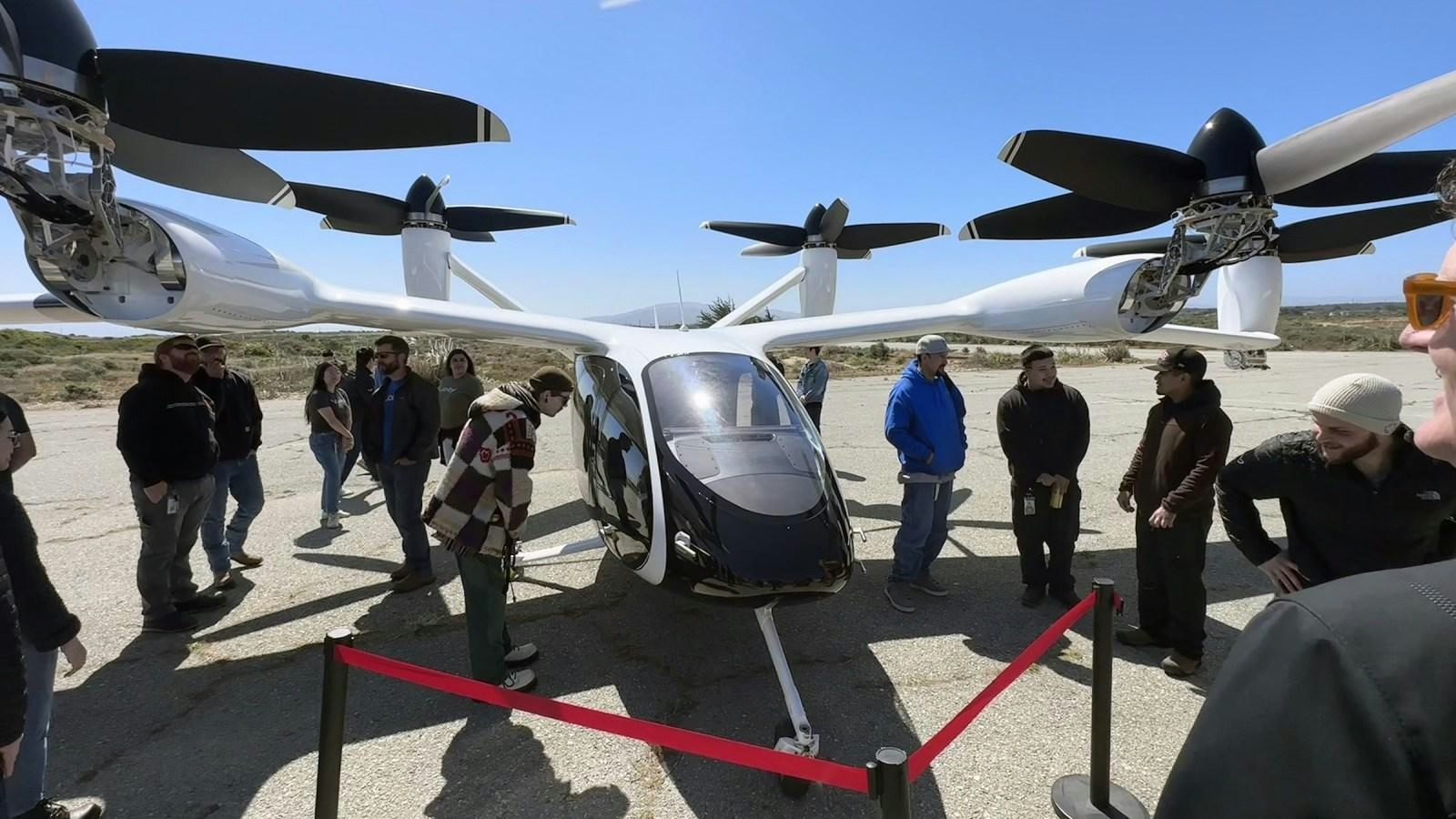
Electric air taxis to be showcased at this weekend's Salinas Airshow
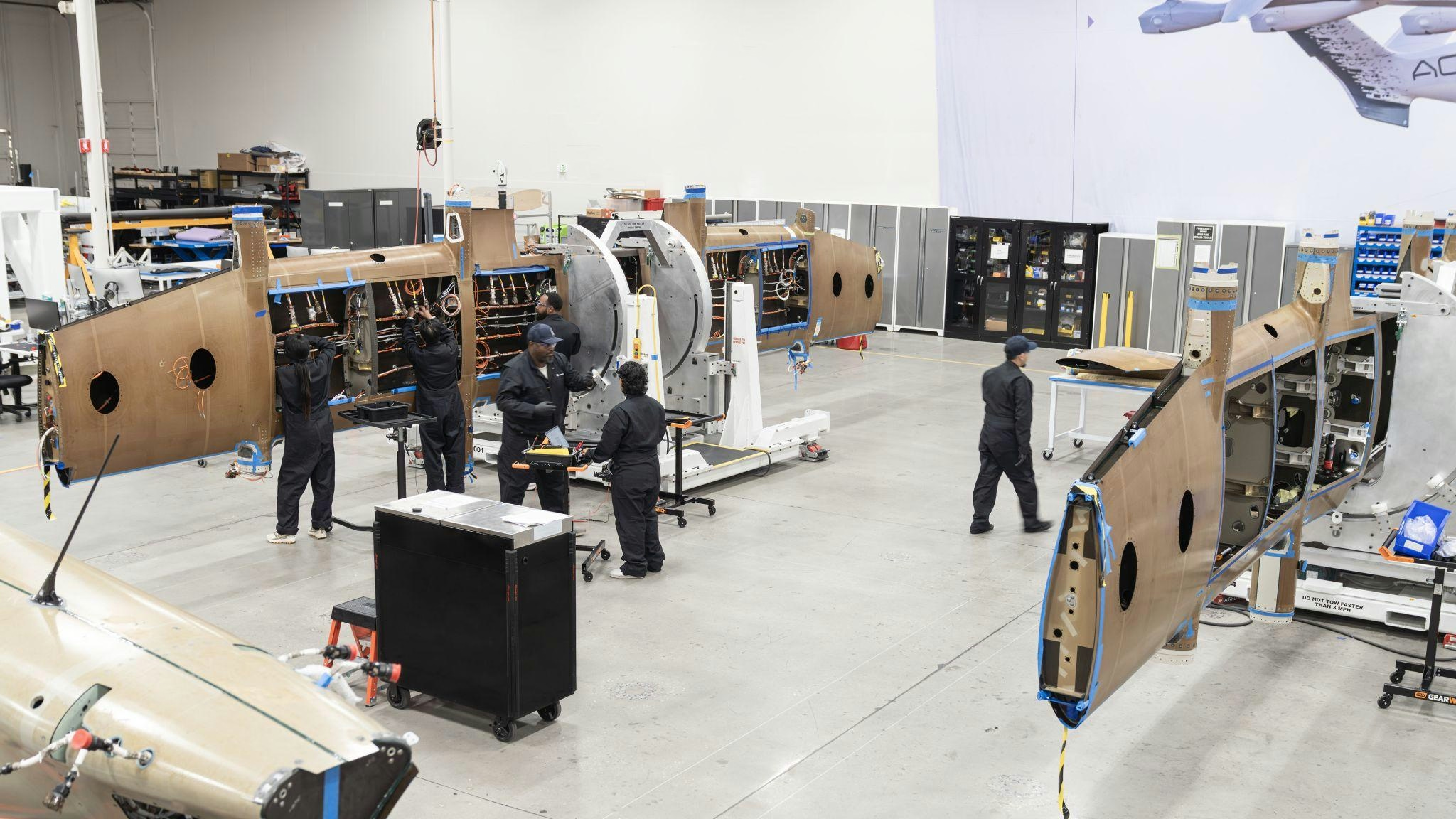
Archer Aviation’s Electric Midnight Aircraft Debuts at California Air Show
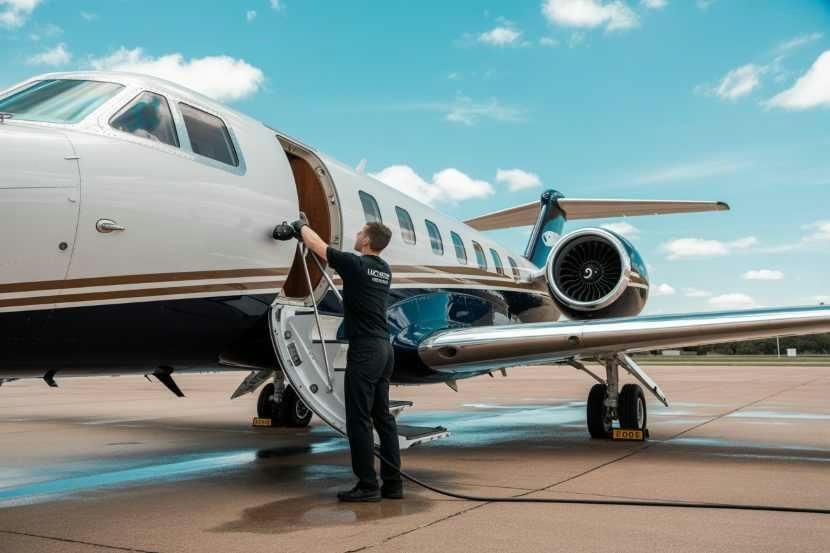
AirProtect Expands in Texas Through Partnership with SouthernPlex

Boeing Invests $85 Million in Canadian Innovation Zone Espace Aéro
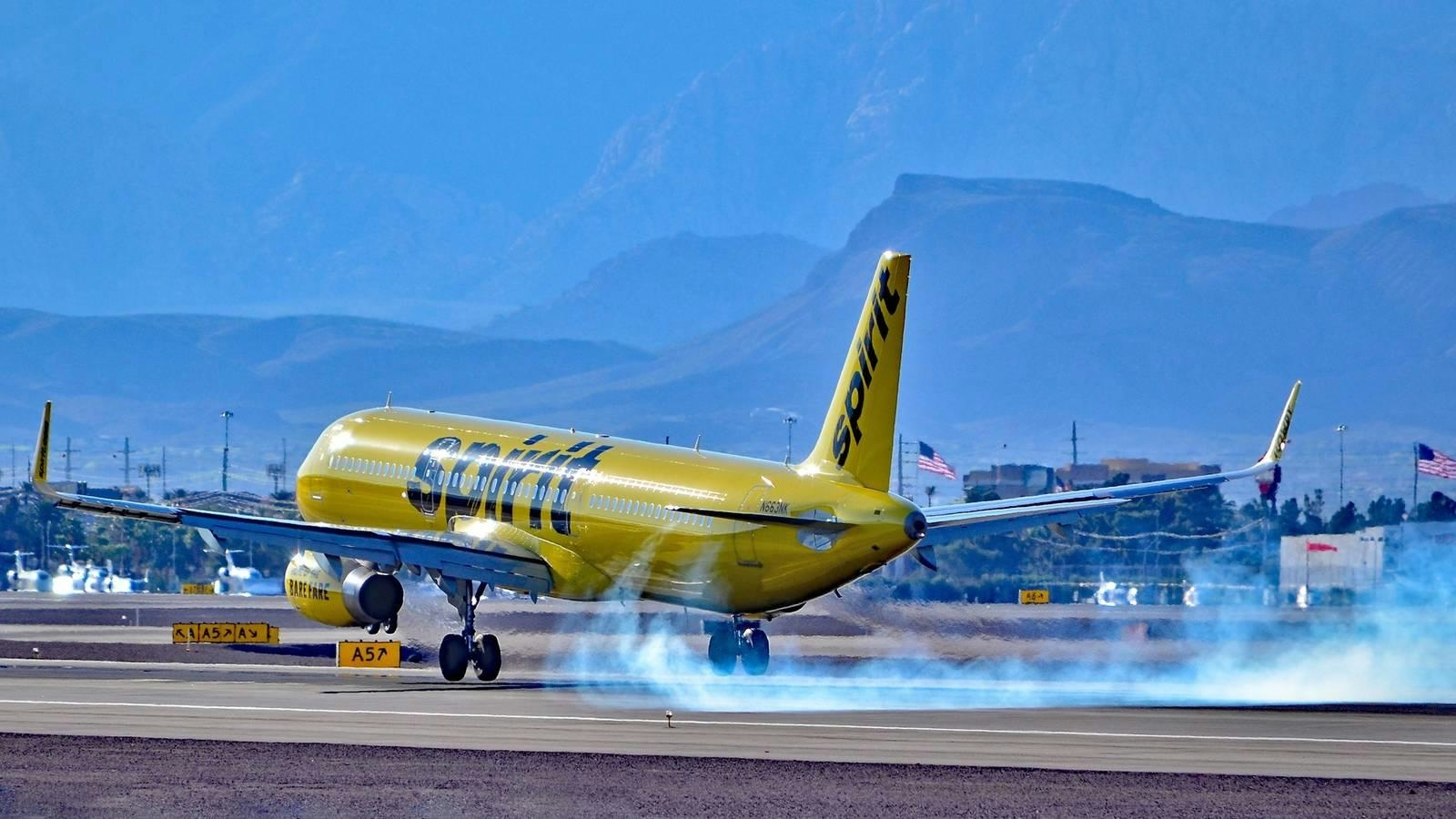
Spirit Airlines to Reject 87 Aircraft Leases

Legacy Manufacturing Integrates Advanced AAM Technologies
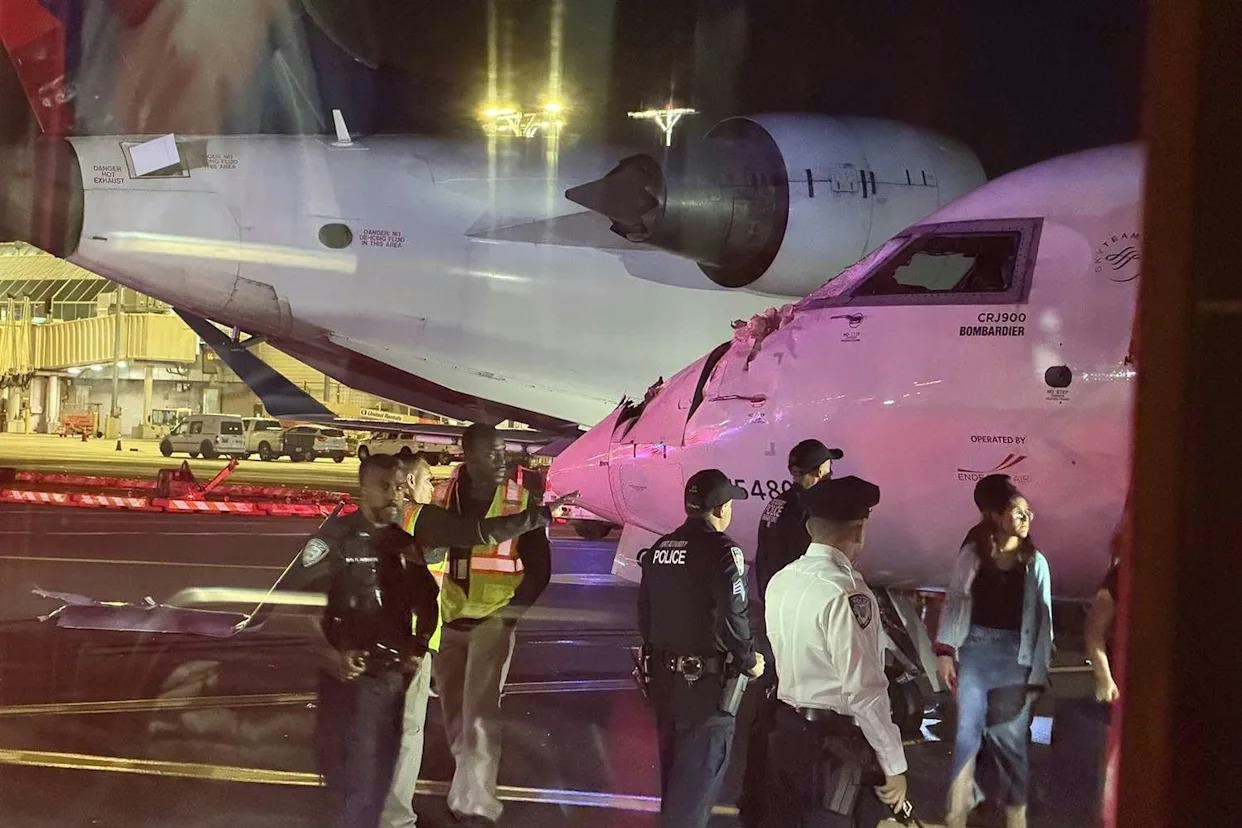
NTSB Analyzes Flight Recorders from Delta Jets Collided at LaGuardia
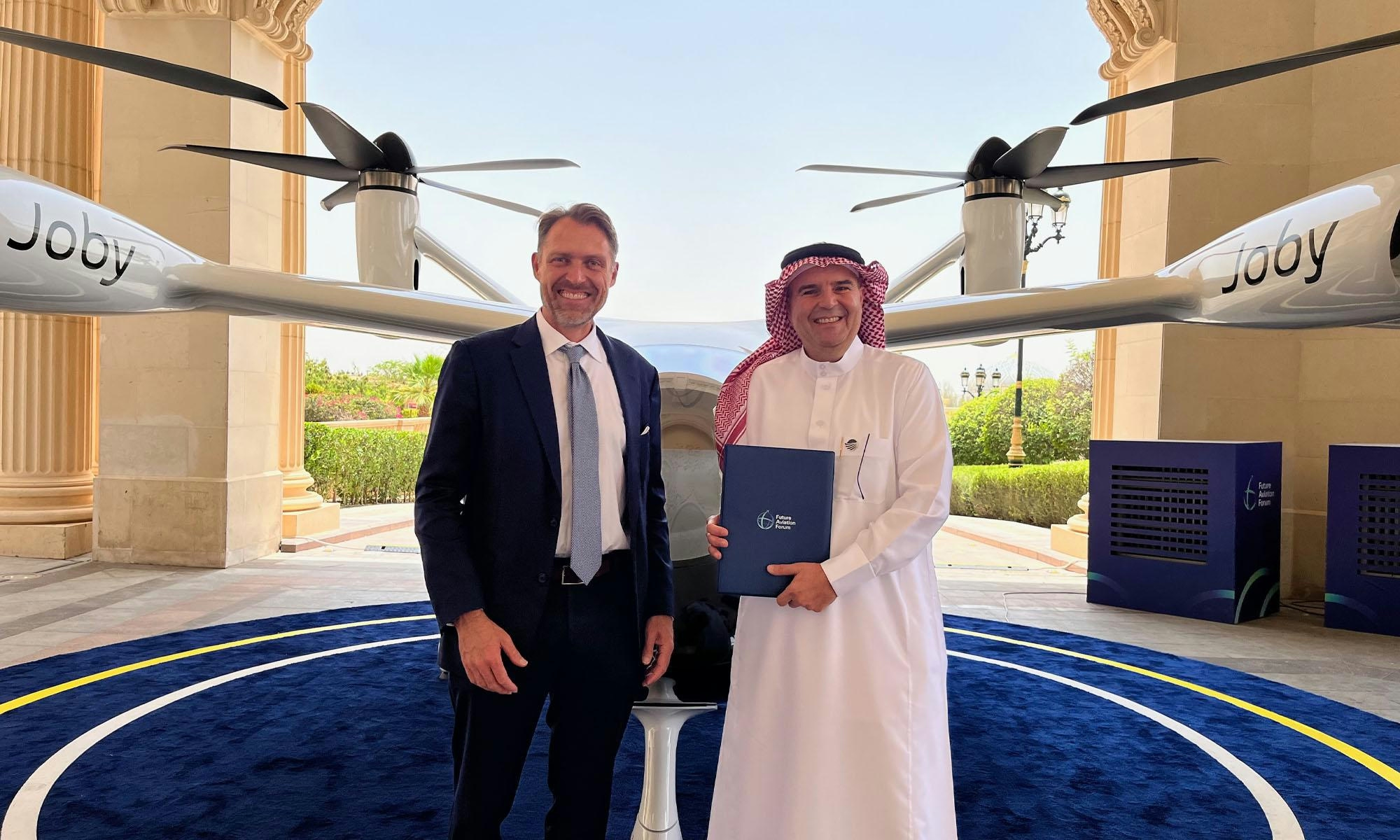
Joby Aviation Partners with UAE for Air Taxi Launch Amid Global Expansion
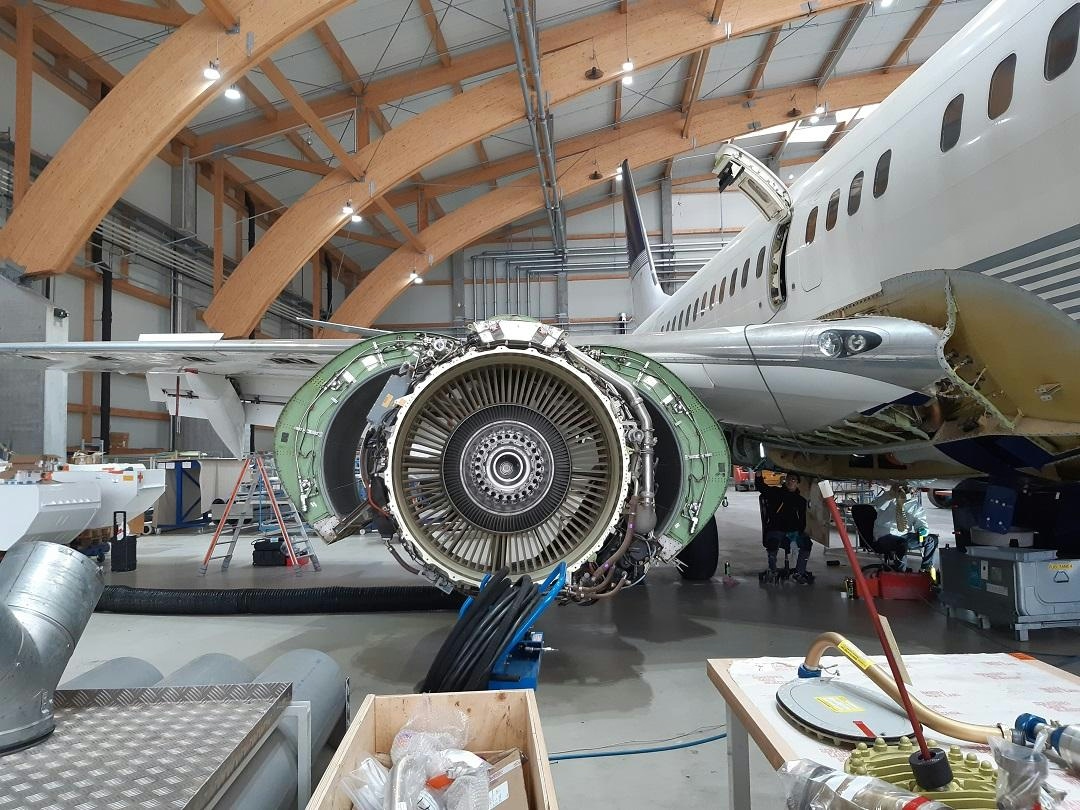
BBJ 737 Inspections Conducted at AMAC Aerospace in Bodrum, Turkey
